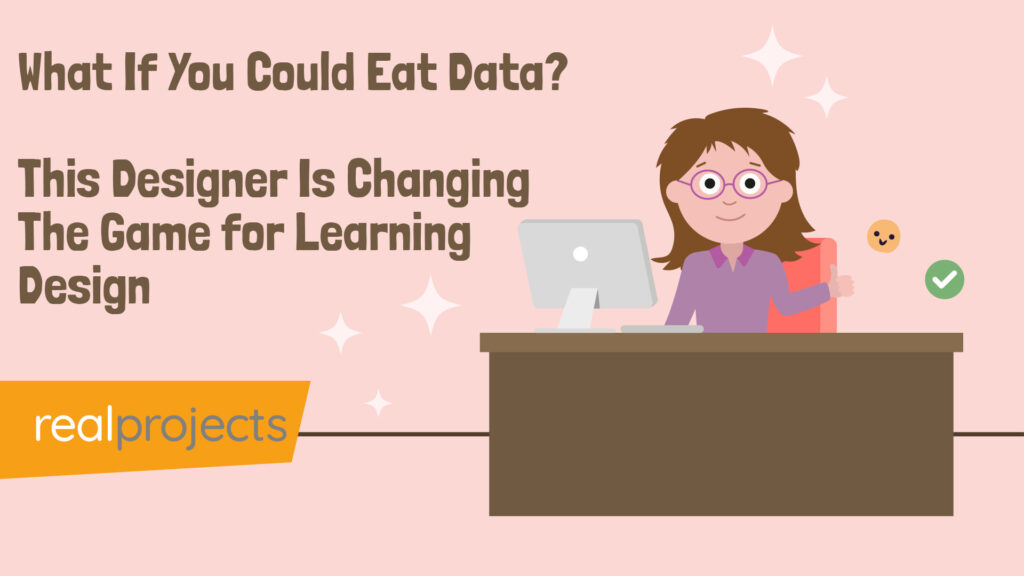An elearning platform is software that lets organisations deliver, manage, and track digital learning. These platforms power everything from employee training and onboarding to compliance and leadership programmes.
This guide explains how elearning platforms work, what to look for, and how L&D teams can choose the right option, whether that’s a Learning Management System (LMS), a Learning Experience Platform (LXP), or a mix of tools.
There has been an exponential rise in the use of elearning technologies in recent years. There are a plethora of reasons to explain this shift in learning preferences, and in turn, a great many reasons why this trend will continue in future years too.
It’s also justifiable to say that technology has had a transformative impact on the quality of education, and the method in which learning is directed-be it class based or remote. Technology has played a rapidly increasing role in education for more than two decades now, and in this time the elearning phenomenon has increased by more than 900%.
The reasons for online demand are plentiful; rapid market growth, a wider variety of platform options, accessibility, flexibility, cost, an increase in user confidence and an awareness of elearning education all contributing to its growth.
COVID19 also turned the way we learn on its head. Whilst people were confined to their homes, the need for education did not diminish. Neither did the requirement for workplace learning and career development. Online learning was the viable solution that is now proving its longevity in a post-pandemic world.
Defining elearning Platforms
So, what are elearning platforms and how do they fit into the elearning world?
An elearning platform is an integrated set of interactive services that provide all the tools needed to create, build and facilitate online learning courses.
Elearning platforms contain features that deliver content, enable interaction with participants, facilitates workload, and manages enrollment and payments.
Elearning platforms vary in their capabilities. Some platforms allow you to solely deliver online learning to your audience, acting as an interface between your content and the user. Other, more complete platforms allow you to create or customise courses or websites too.
Think of it like your own digital educational platform. You employ the group of technologies that allow you to distribute the content that meets the needs of your audience. The technologies you require will depend on the number of groups you want to invite, the interaction you want to take place between learners and level of administration you anticipate.
Elearning platforms are all around us, and we may not even be aware we are accessing them. They’re used for work based and compliance training, onboarding and customer education.
Believe it or not, YouTube and LinkedIn are both elearning platforms. Why? Because they both offer video, game based, quizzes and text based learning, in whatever mass or niche skill you may be hoping to acquire.
Key Features and Functionality
Elearning platforms are the beating heart of online learning. Originally created to house content relating to the administration of schools and universities, they have grown into vast digital platforms that enable schools, universities and businesses to train and qualify their learners and employees.
Elearning platforms allow you to build your own bespoke material, or act merely as an interface between learners and your content. Although you can use development tools like Articulate Storyline 360 many platforms come with their own development tools. Content creation tools, authoring tools, multimedia integration and course customisation options are available depending on the elearning platform options you require.
Because of the steady rise in online learning, platforms are now available that allow you to build your own content using user-friendly interfaces and navigation systems, meaning you don’t need to be a professional web-designer to create your own resources. Often templates are pre-loaded for you to customise, adding personal logos and branding to materials created.
As with a traditional classroom, elearning platforms allow for engaging online experiences between learners through discussion forums, video conferencing and messaging platforms. And, just like a traditional classroom, you can interact and collaborate with your instructors or teachers through these mechanisms. Elearning platforms enable you to use technologies that facilitate assessment and feedback services, including quizzes, assignments and grading systems.
Because online learning organisations are able to harness data from their learners, they are also in a position to adapt and personalise the content for individuals. When students struggle with course content, an elearning platform is able to adjust content so that the learner receives the support needed-just like a teacher would in the physical world.
This enables you to ensure that learning has been embedded. Assessment of understanding is crucial. Comprehensive elearning platforms deliver assessment and use results to consolidate gaps in learning. Again, acting just like a teacher, but one that exists in a digital landscape.
Types of elearning Platforms
So, we know that the elearning platform is an umbrella term for the group of technologies employed to deliver online learning. Any technology that is used to facilitate online learning can be considered an elearning platform, but what types of elearning platforms are out there?
(MOOCS) Massive Open Online Courses are elearning platforms that provide learners with the opportunity to access free learning opportunities. These elearning platforms allow audiences of unlimited sizes, flexible, web-based training. Participants can pick up and put down learning at their own pace and in their own time. Courses are run by experts in their own field and offer audiences the chance to develop skills that aren’t often available in other provisions.
Social Learning Platforms are modelled around social media platforms and aim to provide a meaningful human engagement with the learner. Participants interact with the platform in a similar way they would Facebook, Instagram or LinkedIn. Social Learning intends to inspire natural curiosity to inspire deeper insights into learning. Sources show higher completion and learner satisfaction scores when learning has taken place through a SLP.
A Learning Management System (LMS), is a software application or web-based technology that can be incorporated into an elearning platform. If you intend to train more than one different business or you expect to run courses for groups of customers, you will need an LMS system.
This is because an LMS allows you to admit more than one group or business into a device called a portal. Educational establishments, corporate trainers and those involved in professional development within organisations and businesses will find that an LMS is a crucial aspect of their technological requirements. An intelligent LMS service not only facilitates groups of learners but it tracks the learning progress of your audience and provides automated reports on their progress.
Future Trends
AI promises to personalise elearning to an even greater degree, tracking student behaviour and response to learning concepts. This will enable consolidation where needed and ensure that students attain a deep level of attainment. In equal measure, AI will be able to assess the baseline understanding of learners and offer appropriate challenges. In the same way, AI will be much better equipped to interact with learners in the near future. As the technology grows its understanding of language it will be able to direct and tutor learners-24 hours a day.
Just as AI promises to yield a brighter elearning future, so does Virtual Reality (VR). The immersive effect of VR will permit users to engage in an environment that simulates real life. Users will be able to fully experience the unimaginable in a way that could reverse the battle that educational providers have always waged with students-motivation!
Together with the existing elearning technologies, VR and AI have the potential to open up online learning to an even broader audience. The future of online learning and the development of the elearning platform is not just bright, it’s blazing.
–



